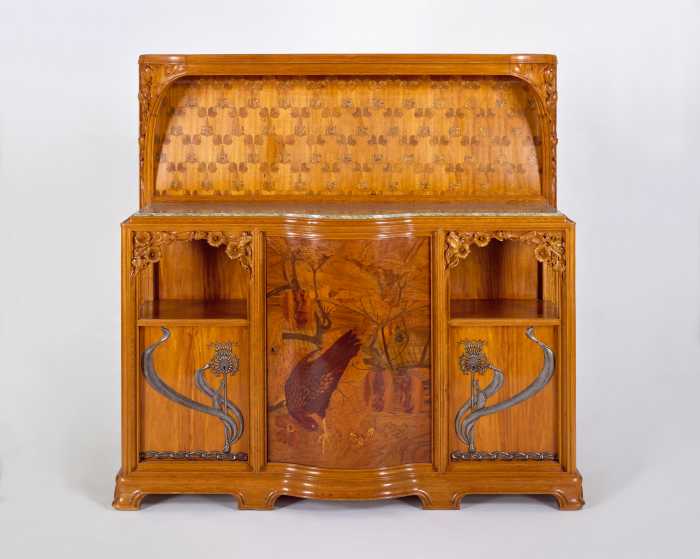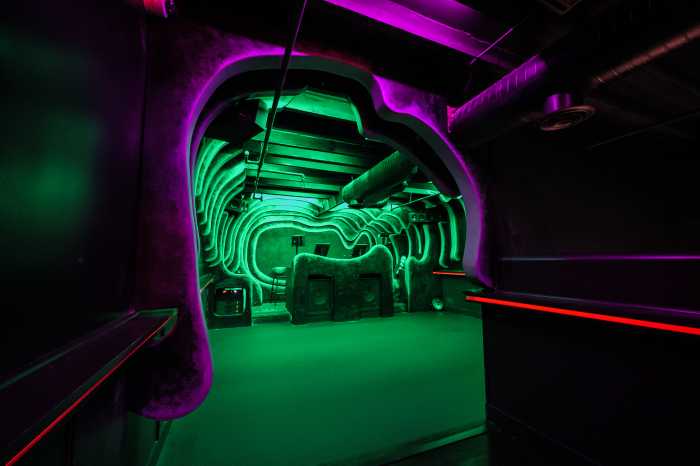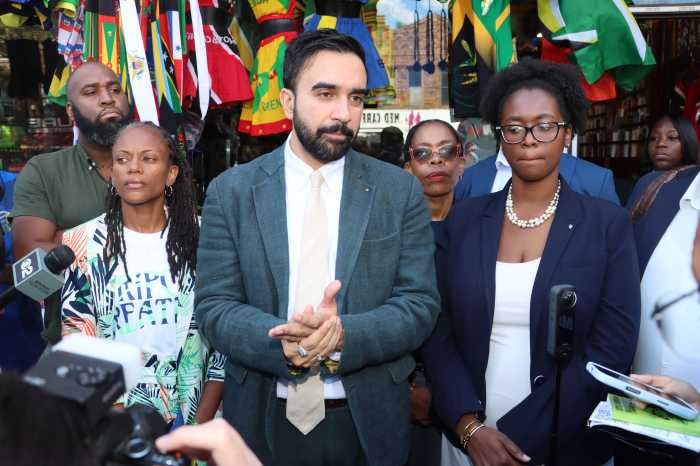The faces looked familiar, but the uniforms didn’t, and some fans were confused by the sight of the Cyclones in Yankee-like pinstripes.
During the game on Aug. 7, really sharp-eyed fans could spot the word “Giants” on the sleeve of the Cyclones uniforms. But the words on the sleeve said “Royal Giants,” not New York Giants. Where were the Cyclones?
They were right on the field, dressed in replica uniforms of the Brooklyn Royal Giants, a Negro League team organized in 1905 by the owner of the popular Brooklyn Royal Cafe.
On Negro League Tribute Night, the current Brooklyn professional team was dressed to represent the champions of 1909, 1910, 1914, and 1916.
Present that night were two former players from the Negro Leagues, Jim Robinson and Armando Vazquez.
Jim Robinson (not related to Jackie) was asked about the personal effect of the Jackie’s debut with the Brooklyn Dodgers in 1947.
“I was only 17 years old at the time,” said the younger Robinson. “I thought that there would at least be an opportunity, and the fact that he broke the colored line also meant, eventually, the demise of the Negro League.”
Jim Robinson actually broke into the Negro Leagues when they were fading in popularity because many of the Negro Leagues’ stars were being signed to contracts with major league organization. When Jim Robinson began his professional career in 1952, eventual major league Hall-of-Famers Hank Aaron and Ernie Banks were still playing in the Negro Leagues, but they were quickly snapped up by major league clubs.
The Cyclones had just retuned to Brooklyn that morning from a 400-mile overnight bus trip from Jamestown, New York. What was travel like in the Negro Leagues?
“We traveled by bus, and lots of times buses would break down,” recalled Robinson, an infielder for the Philadelphia Stars, Indianapolis Clowns, and Kansas City Monarchs.
“They were uncomfortable, the seats were hard and you couldn’t really lean back too much in them, but that was life in the Negro League, and you accepted it because you loved what you were doing,” said the North Carolina A&T State University graduate.
Vazquez, the other former Negro League player at Keyspan, was born in Cuba. Now 78 years old, he started his career in the Negro Leagues in 1944 and played professionally until 1955. Among the many teams with which the first baseman-outfielder played were the Indianapolis Clowns and the New York Cubans.
A number of players who eventually played for the Brooklyn Dodgers were well known to Vazquez.
He was a friend of Joe Black, who pitched in the Negro League for the Baltimore Elite Giants, and of Junior Gilliam.
“Junior was the batboy for the Elite Giants before he played on the Dodgers,” recalled Vazquez.
The Dodgers’ Hall of Fame-catcher, Roy Campanella, was influential in Vazquez’ career.
“Roy was a good buddy,” remembered the former New York Cuban. “He got me to come to the United States to play.”
Brooklyn Dodger fans always recall the great catch in left field that Sandy Amoros made to help win the seventh game of the 1955 World Series.
“After the Dodger games, Sandy and I would hang around, just like we would do in Cuba,” remembered Vazquez of his former countryman.
Up for grabs
During the game on Negro League Tribute Night, there was a silent auction of Brooklyn Royal Giants jerseys worn by the Cyclones in that night’s game.
Opening bids, fixed at $100, took place at a table on the concourse on the first base side of Keyspan Park.
Warner Fusselle, the Cyclones’ radio announcer, was interested in obtaining a jersey, so he put down a few bids before the game, but he soon had to repair to the Catbird Seat for his broadcast duties.
The auction was due to end at the conclusion of the eighth inning.
In the top of the eighth, Mark “The Mayor of Section 14” Lazarus was checking on his own bid for a jersey when he noticed Fusselle had also been bidding. Although Mark the Mayor had deferred his own bidding to allow a competitor to stay in the lead for a jersey, Lazarus wanted to help Fusselle, who was being outbid while he was confined to his press box broadcasting seat.
So Lazarus and a writer stayed in cell phone communication. The writer was aware of the focus that the announcer maintains in the game, but the scribe kept Fusselle informed of the bidding by passing notes to the broadcaster.
Fusselle would quickly glance at the note and then nod his head and point emphatically at the note to affirm his interest in raising his bid. Then he went right back to broadcasting the game.
In the bottom of the eighth inning the Cyclones kept getting hit after hit, and each smash cost Fusselle money as the extended frame allowed for more raised bids.
The writer and the Mayor were afraid that the seemingly endless inning might cause Fusselle to either lose out on his bidding, or win the bidding but have no money left for food until Labor Day.
The inning mercifully ended, and Fusselle had won the bidding at a price that enabled him to avoid going on food stamps.
After the game, Fusselle took off his headset and expounded on the feat.
“It was the first time in my life that I ever simultaneously broadcast a game and participated in an auction,” said the relieved and smiling announcer.
Eating contest
“We are excited to see the contestants in our ballpark display a different kind of athleticism,” said Cyclones general manager Steve Cohen about the participants in the upcoming chicken wing eating contest before the game against the Aberdeen Ironbirds on Sunday, Aug. 15.
In the contest, “Gentleman” Joe Menchetti, Arnie “Chowhand” Chapman, and Eddie “The Geek” Vidmar, all professional eaters, will compete against Cyclones fans to devour Applebee’s Boneless Chicken Wings.
Will it be too much for the Cyclones birds, Sandy and Pee Wee, to watch? Stay tuned.
August 14, 2004 issue

























